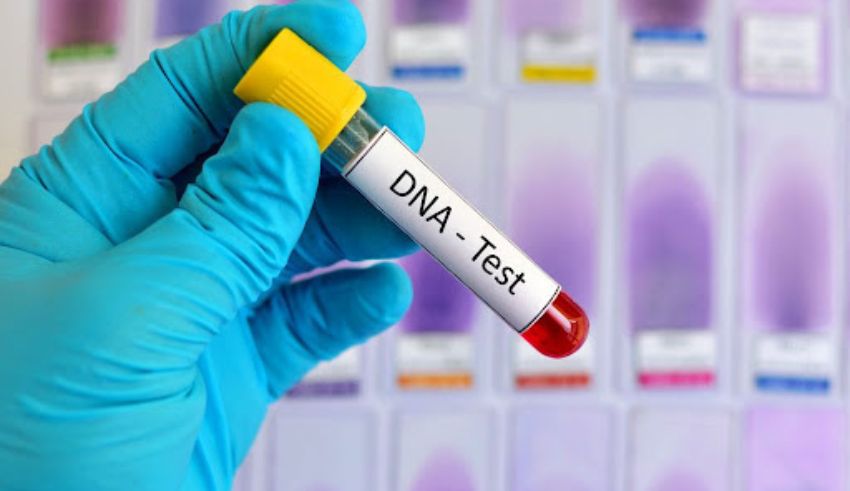
DNA testing has emerged as a cornerstone in the modern era of crime-solving, offering irrefutable evidence and transforming investigations worldwide. In Singapore, this advanced forensic tool has played a critical role in solving cases that were once considered unsolvable. From identifying murderers years after their crimes to solving bomb threats with microscopic traces, DNA testing has reshaped the nation’s approach to justice.
Here, we delve into several high-profile cases in Singapore where DNA evidence proved pivotal in bringing criminals to justice.
The 1996 Ang Mo Kio Homicide: A Milestone in DNA-Based Investigations
The murder of 51-year-old Jetkor Miang Singh in 1996 marked the beginning of Singapore’s reliance on DNA testing as a tool for justice. Jetkor was brutally killed by 29-year-old Zulkarnian bin Kemat after an argument in her Ang Mo Kio flat. Investigators collected cigarette butts with saliva traces left by Zulkarnian, but at the time, DNA profiling was still in its infancy and could not conclusively identify the perpetrator.
For eight years, the case remained cold until advancements in DNA technology enabled a re-examination in 2004. A sample taken from Zulkarnian, who was then serving time for a drug offense, matched the DNA on the cigarette butts. The discovery led to his conviction for manslaughter, earning him eight years in prison and six strokes of the cane.
This case not only closed a long-standing mystery but also showcased the transformative power of DNA profiling in cracking cases that once seemed unsolvable.
2005 Kallang River Dismemberment Case: Piecing Together a Gruesome Murder
In 2005, the serene banks of the Kallang River turned into a crime scene when a cleaner discovered human body parts wrapped in cardboard boxes. The victim, 22-year-old Liu Hong Mei, was identified through fingerprints on the severed limbs.
Investigations quickly pointed to Liu’s lover, 50-year-old Leong Siew Chor. A bloodstain found in his bathroom provided a critical link to the crime. DNA testing confirmed the blood belonged to Liu, compelling Leong to confess to the murder. It was revealed that Leong had killed Liu to prevent her from reporting his theft of her ATM card, which he had used to withdraw money.
Leong was sentenced to death in 2007, with DNA evidence playing a decisive role in securing his conviction. The case remains a grim reminder of how forensic science can unveil the darkest secrets hidden within human actions.
The 2016 Gardens by the Bay Murder: Solving a Crime Without a Body
The murder of 31-year-old Cui Yajie in 2016 posed a unique challenge to investigators: there was nobody to examine. The prime suspect, 51-year-old Leslie Khoo Kwee Hock, initially denied involvement, claiming Cui had left his car after an argument.
However, forensic experts discovered blood traces in Khoo’s vehicle. During questioning, Khoo admitted to strangling Cui and incinerating her body in Lim Chu Kang. Investigators recovered only a few strands of her hair, but these provided the crucial breakthrough. Using mitochondrial DNA sequencing—a technique that analyzes DNA passed through maternal lines—authorities matched the hair to a sample from Cui’s mother.
This case marked the first use of mitochondrial DNA analysis in Singapore, setting a new benchmark for forensic investigations. Khoo was convicted of murder and sentenced to life imprisonment, with the forensic evidence ensuring justice for the victim despite the absence of her remains.
Rapid Resolution: 2016 St. James Power Station Arson
In September 2016, an act of revenge escalated into an arson attack at St. James Power Station. Two brothers, angered after being ejected from a nightclub, returned with molotov cocktails. Although their actions caused minimal damage, they left behind a crucial piece of evidence—a lighter.
DNA testing of the lighter provided a match with a known offender in the police database, leading to the brothers’ swift arrest within 24 hours. This case underscored the efficiency of DNA technology in quickly identifying perpetrators and resolving crimes before they could escalate further.
The 2010 Mandai Tekong Park Stabbing: Stopping a Serial Attacker
The quiet surroundings of Mandai Tekong Park became the scene of a brutal attack in 2010 when 32-year-old Hoe Hong Lin was stabbed nine times by an unknown assailant. The discovery of a knife sheath at the scene provided investigators with a critical lead.
DNA extracted from the sheath matched 20-year-old Soh Wee Kian, who was later found to have a history of violent behavior. Soh, a full-time National Serviceman suffering from adjustment disorder, was convicted of the murder and sentenced to life imprisonment. DNA evidence played an instrumental role in stopping a potentially serial offender.
Cracking the 2018 Bomb Threat Case with a Stamp
In 2018, Singapore faced a series of bomb threats targeting Parliament House, police headquarters, and other key installations. The anonymous letters included ominous warnings, but the culprit made a critical mistake—his saliva was found on the adhesive side of the stamps he used.
DNA testing linked the saliva to a 46-year-old man with a prior record. He was arrested and sentenced to six months in prison. This case highlighted how even the smallest traces of DNA could unravel serious threats, showcasing the precision and power of modern forensic science.
The Evolution of DNA Testing in Singapore
Singapore’s reliance on DNA testing has evolved significantly over the years. From its first use in the 1996 Ang Mo Kio homicide to employing advanced mitochondrial DNA sequencing in the Gardens by the Bay case, the country has continually refined its forensic capabilities.
The establishment of a national DNA database has further strengthened these efforts, allowing authorities to solve cases more efficiently. With over 53,000 profiles, the database has become an invaluable resource for linking suspects to crime scenes, ensuring that justice prevails even in the most complex cases.
Looking Ahead: DNA Testing as a Pillar of Justice
DNA testing continues to be at the forefront of Singapore’s crime-solving efforts, providing a level of accuracy and reliability unmatched by other forensic methods. As technology advances, the scope for using DNA evidence will only grow, enabling law enforcement to tackle even more challenging cases.
These high-profile investigations serve as a testament to the power of forensic science in ensuring that criminals are held accountable. In Singapore, DNA testing has not only revolutionized the justice system but also strengthened public confidence in the nation’s commitment to safety and security.




















